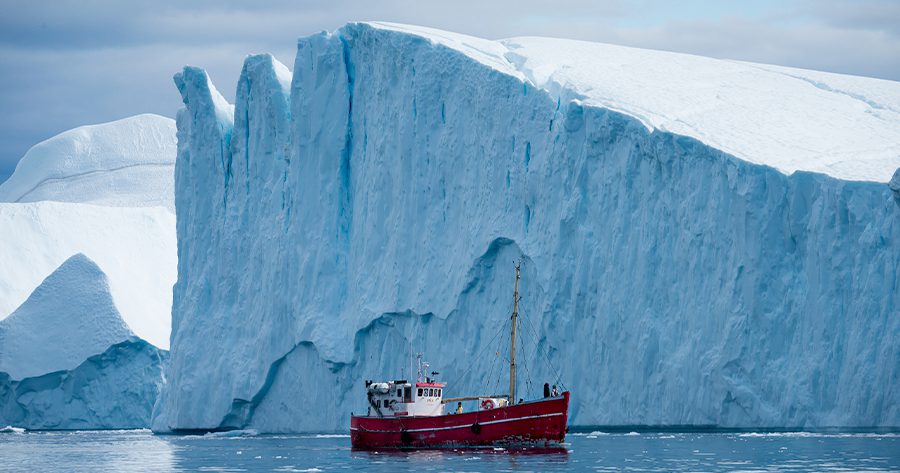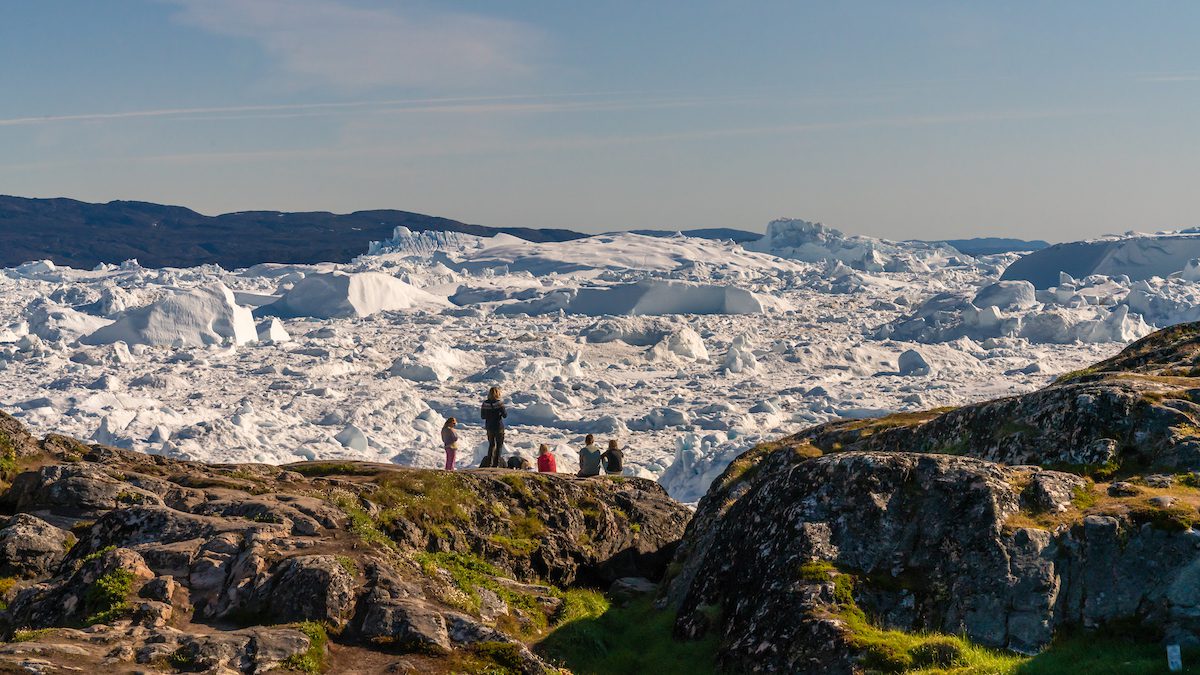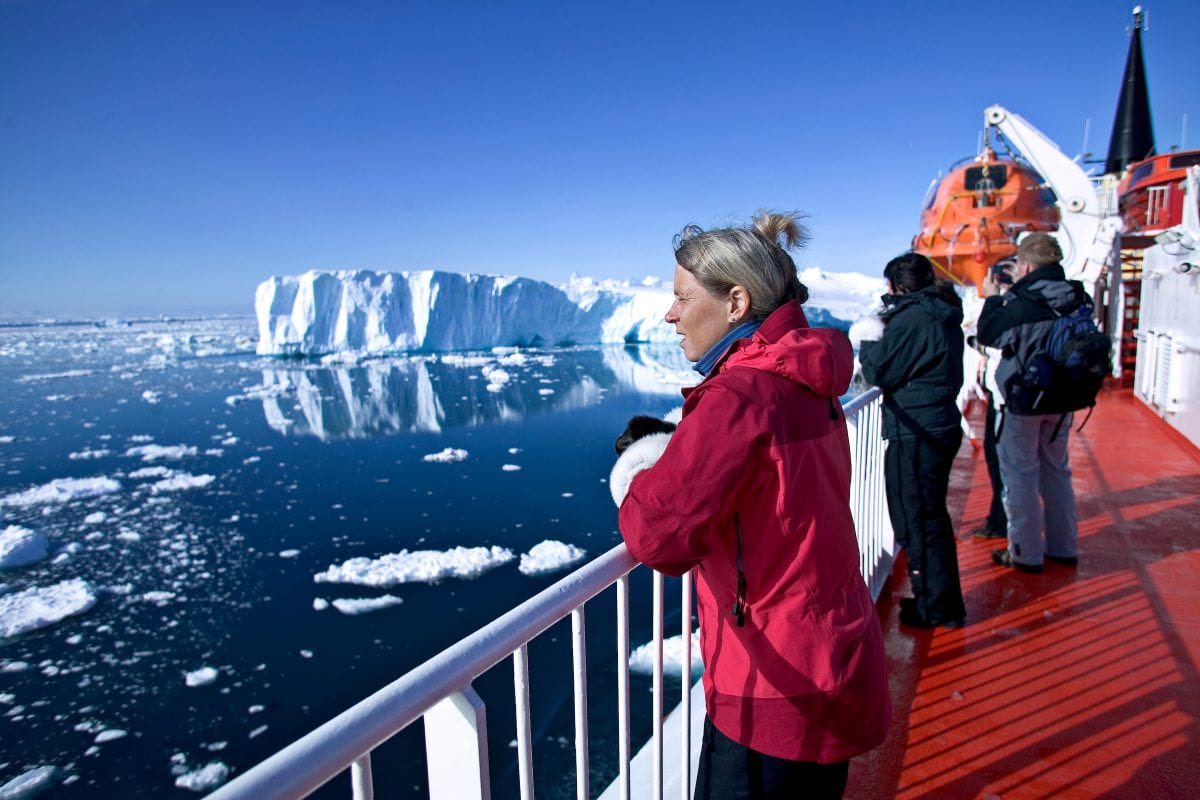There are five types of icebergs, and you can find all of them in Greenland. They vary in shape and color as well as features and origin. The term “iceberg” can be misleading, because they appear in many different sizes. In Greenland we often just call them “ice”.
Did you know that there are different kinds of icebergs? They can have various shapes and sizes and they can be created in miscellaneous ways.
5 types of icebergs in Greenland
Whether you get on a boat in a fjord, take a walk along the coast or hike close to the Greenland Ice Sheet or some glaciers – you will always experience one or another kind of ice in Greenland.
- White ice – the younger icebergs
- Blue ice – the older ice
- Black ice – Beautiful and dreaded
- Floating ice sheets
- Dirty ice – Ice with sand and mud
White ice – the young icebergs in Greenland
White ice is relatively young and not as compact yet. The Greenland Ice Sheet re-creates itself with snow falling upon it. This layer of snow gets more compressed over time – by new snow falling on top of it as well as occasional melting and freezing anew. In that way it becomes ice.
There are many air bubbles inside white ice. This is the reason for its white look. Light can easily get through it. Due to the air bubbles in the ice, this type is not as heavy as blue or black ice.
Blue ice – the older ice
Blue ice is older than white ice and more compressed. The ice comes off the Greenland Ice Sheet. Fresh snow has fallen on top of it each year for millenniums. That puts pressure on the air in the ice in the lower layers and removes it.
This type of ice is heavier in the water, because many of the air bubbles have been pressured away. If you imagine, you watch the Greenland Ice Sheet from the air, it would be thickest right in the middle. That makes the pressure strongest at that point. It pushes snow from the middle out to the edges of the Greenland Ice Sheet. That journey takes thousands of years and more.
You are going to see a lot of blue ice in Southern Greenland. The ice has been travelling longer within the Greenland Ice Sheet on its way to the Southern glaciers by the edge of the Ice Sheet.
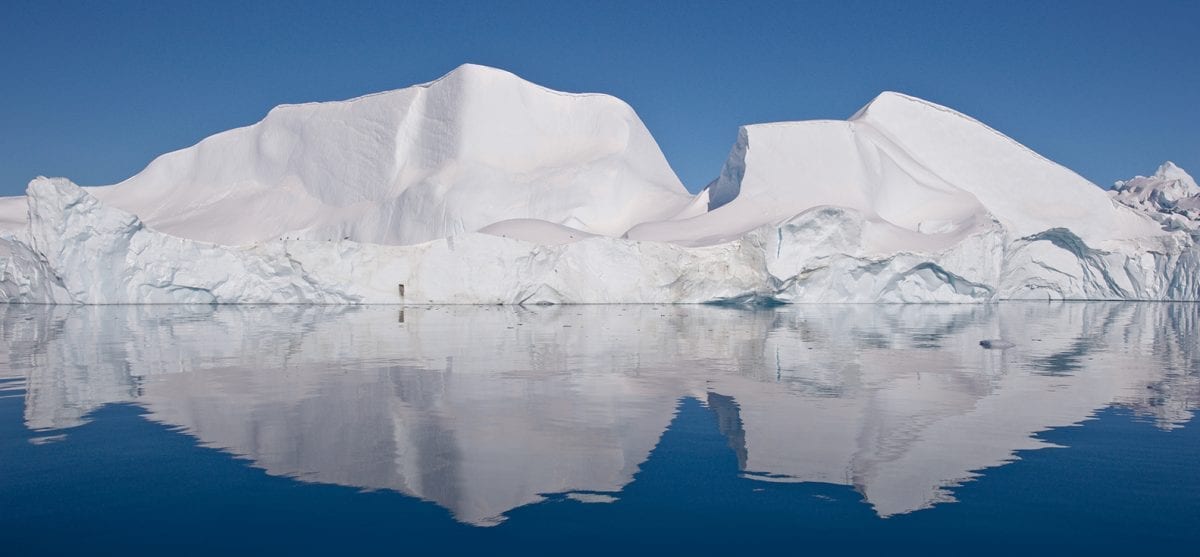
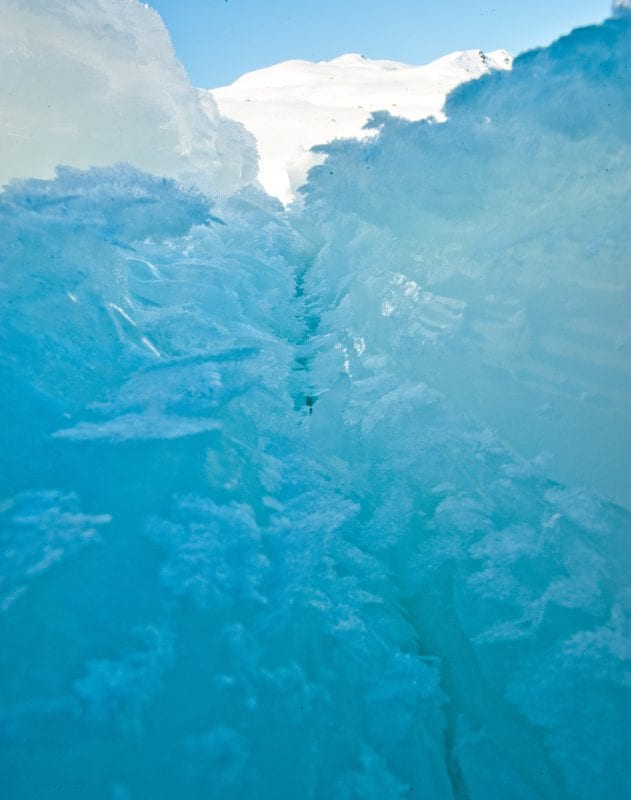
Black ice – beautiful, but dreaded in Greenland
Black ice is very beautiful, but dreaded all over Greenland. Actually, it is not black, but transparent. Black ice only looks black, when it is lying in the water. Above the water it is clear. It is made of rain water that has gathered in crevasses and froze.
There is almost no air in this type of ice. That is why it is very heavy in the water. Often only a tiny bit of it is visible on top of the water surface. They can look like sea turtles, where you only can see a small part of their shield. They can even be compared with liquid stones. When we are going by boat in Greenland, we are always on watch. Black ice is harder to locate than other kinds of ice. At the same time, it can be very hard on the ship’s hull.
Floating ice sheets of saltwater
“Do icebergs contain salt?” is a question, we often get. The forth type of ice does. We are talking about floating ice sheets made of frozen sea water and therefore they do contain salt. The northern sea freezes to ice in fall and winter. In spring and summer, when the thaw sets in, the ice begins to break up.
A large part of the flat ice you are going to meet in Greenland, especially in Eastern and Southern Greenland, comes from the Arctic. It has been travelling south along Greenland’s East coast. It can also be ice that broke off in one of the many fjords, though.
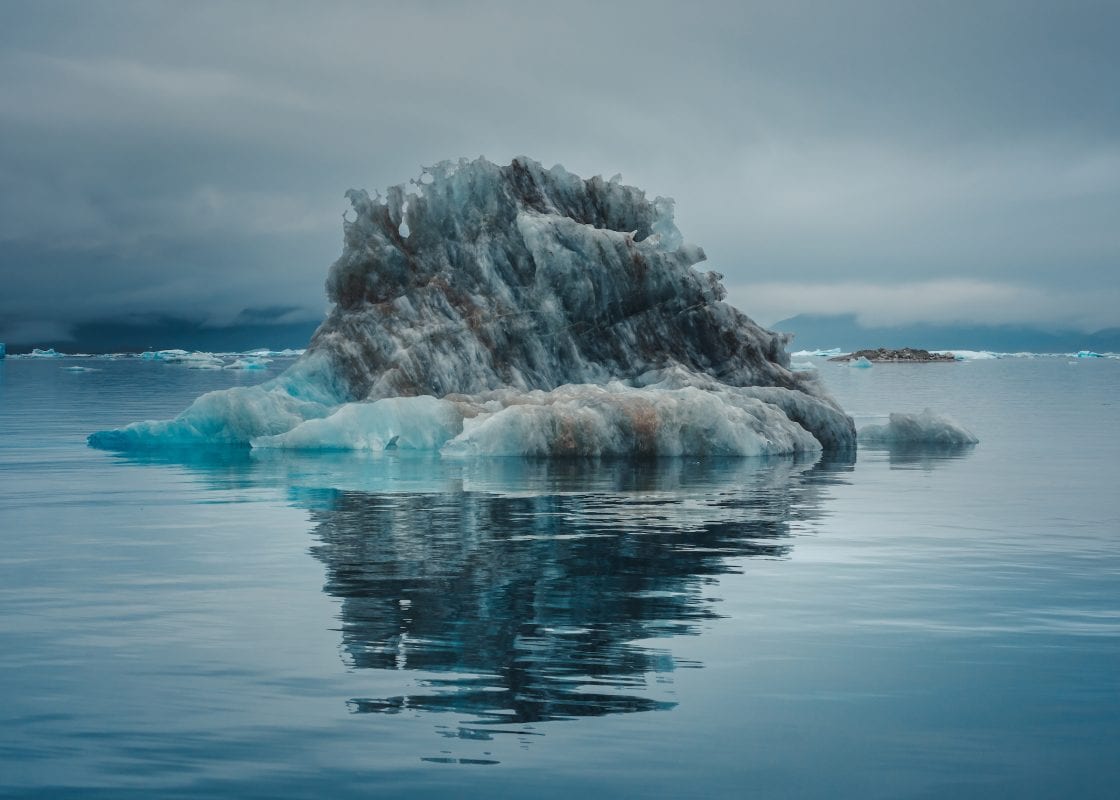
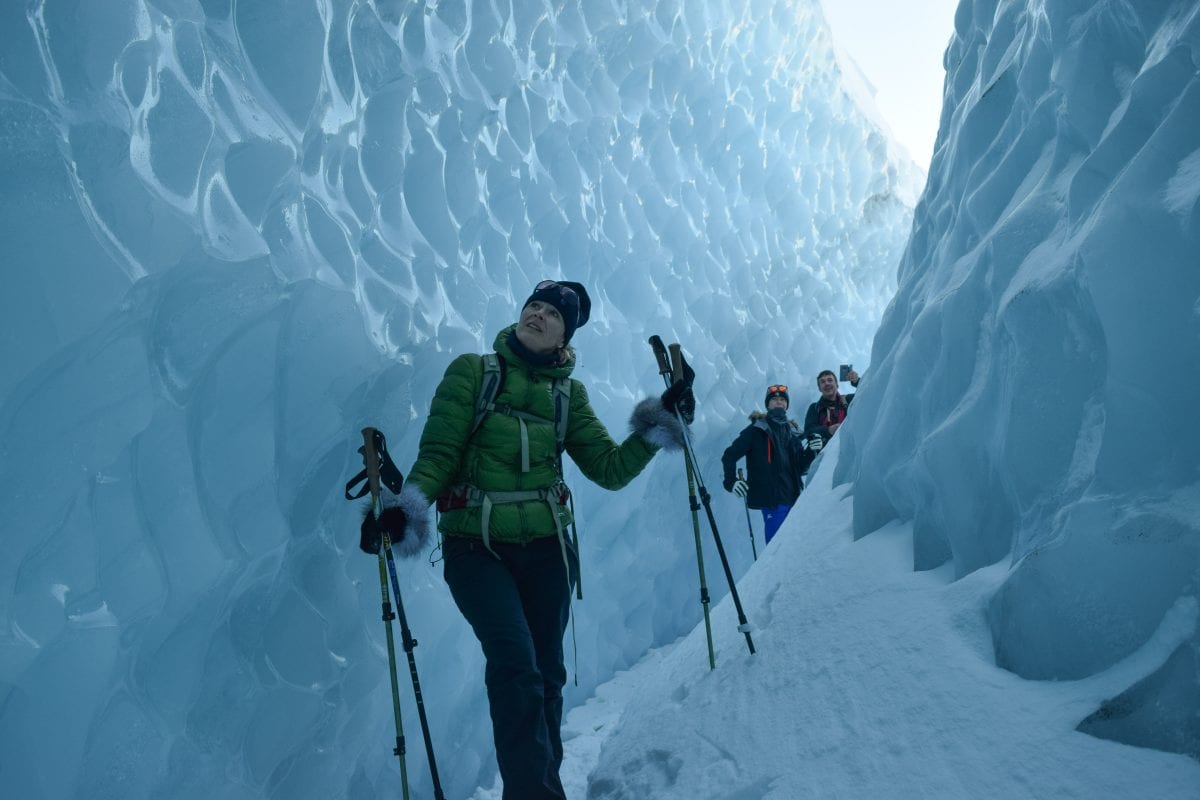
Dirty ice – icebergs with sand and mud
Finally, you’ll get to see the last kind of ice, namely dirty ice. That is ice that literally got itself dirty with dust and soil. Dirty ice has been located close to dry land, by the edge of the glaciers. It gets dirty, when mud and sand from moraines during storms get blown onto the ice. By mud we mean a soil type that is finer than sand and coarser than clay. You can find a lot of that in Greenland.
Sometimes you’re able to see icebergs with a stone on top of them. These rolled down onto the ice, when they still were part of a glacier.
What to know more about icebergs?
Read the article 7 fantastic facts about icebergs in Greenland.
